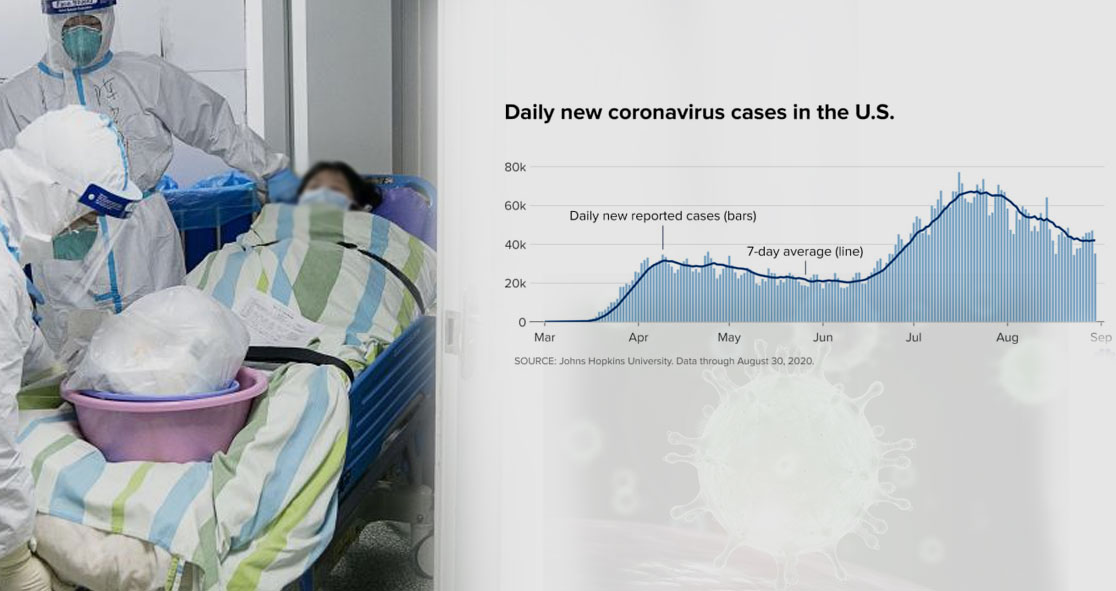Although the outbreak slows down a bit in former hotspots like Florida, Arizona, Texas, and California, COVID-19 cases are on the rise again across more than half of the country.
As of Sunday, new coronavirus cases are up by at least 5% compared to just 12 states a week ago, according to a CNBC analysis of data compiled by Johns Hopkins University.
Meanwhile, in Florida, Arizona, Texas, and California, new cases have declined by at least as much or about a fourth of all new cases in the United States.
Recently, new cases have been reported in the Midwest, including Iowa, Indiana, Kansas, Minnesota, Michigan, Missouri, Ohio, Nebraska, and the Dakotas, collectively reporting more than 7,400 new cases as of Sunday.
The nation is still reporting daily new COVID-19 cases far below the peak of the outbreak in late July when health officials were reporting more than 70,000 new cases a day.
CDC Director Dr. Robert Redfield said the Midwest “is getting stuck” when it comes to fighting the virus.
Dr. Redfield told Dr. Howard Bauchner of the Journal of the American Medical Association, “We’re starting to see some of the cases now in the red zone areas are falling, but if you look at those states that are in what we call the yellow zone, between 5% and 10%, they’re not falling, so middle America right now is getting stuck.”
“We don’t need to have a third wave in the heartland right now,” he added.
The recent surge in new cases comes as many of the nation’s students are heading back for in-person classes at colleges and K-12 schools.
Epidemiologist Dr. Christine Peterson of the University of Iowa said, “I’d like to say that it’s surprising, but it’s not. Both Iowa State and the University of Iowa started on-campus instruction this last week, which means that in the last couple weeks, over 50,000 students have returned to those campuses with bars open and no restriction on gathering.”
Considering the recent surge in new cases, Iowa Governor Kim Reynolds ordered the closure of bars in some of the state’s most populated cities last week.
The recent rise in many states has been particularly worrying as a holiday weekend and the fall season quickly approaching.
Dr. Ashish Jha, Director of the Harvard Global Health Institute, expressed concerns over Labor Day weekend activities and over the flu season that would settle in.
Last week, Dr. Jha said, “I think the fall is going to be a bit of a mess. If Labor Day begins with a 50-person backyard barbecue that turns into a 30-person indoor drinks after the sun goes down, that’s going to be a huge problem.”
He explained that although Labor Day could mark the beginning of difficult months ahead, he is optimistic that he would see some hope due to recent advances in diagnostics and treatment that could help combat the pandemic. “Once you get beyond September, so much is changing so fast. Some part of me keeps hoping that will be okay as time goes along,” Dr. Jha said. “But boy, there’s a lot of months ahead before this stuff starts getting meaningfully better.”























